Refurbishment with Passive House components
Very substantial energy savings are possible with refurbishments of existing buildings. The main focus is on the following aspects:
- Improved thermal insulation (based on the principle “if it has to be done, then properly”)
- Minimisation of thermal bridges
- Improved airtightness
- Use of excellent quality windows
- Ventilation with efficient heat recovery
- Efficient heat generation
- Use of renewable energy sources
These are the same measures that have also proved successful in new constructions. A large number of examples of retrofits demonstrating the use of highly efficient technology in existing buildings have been carried out. Energy savings between 75% and 90% have been achieved; however, due to the thermal bridges that still remain after refurbishment of existing buildings, achieving the Passive House standard is not always a realistic goal. The Passive House Institute has therefore developed the "EnerPHit – certified refurbishment using Passive House components" certification procedure for such buildings. The Passive House Institute provides consultation services for refurbishment projects and carries out measurements in refurbished buildings.


The following publications will help you to benefit from the experiences gained with refurbishments of existing buildings:
Basic principles, and buildings in which exterior insulation is possible:Refurbishment with Passive House components
(Protocol Volume 24 of the Research Group for Cost-effective Passive Houses - in German)
Buildings which cannot be insulated on the outside:
Factor 4 for sensitive retrofits: Passive House components + interior insulation
(Protocol Volume 32 of the Research Group for Cost-effective Passive Houses - in German)
Buildings in which individual building components are renewed so that an acceptable intermediate state results in terms of buildings physics, even without a complete refurbishment of the building:
Step-by-step refurbishment with Passive House components
(Protocol Volume 39 of the Research Group for Cost-effective Passive Houses - in German)
Making existing buildings fit for the future using Passive House components:
EnerPHit-Planners Handbook (in German)
Existing building refurbishment projects involving the PHI:
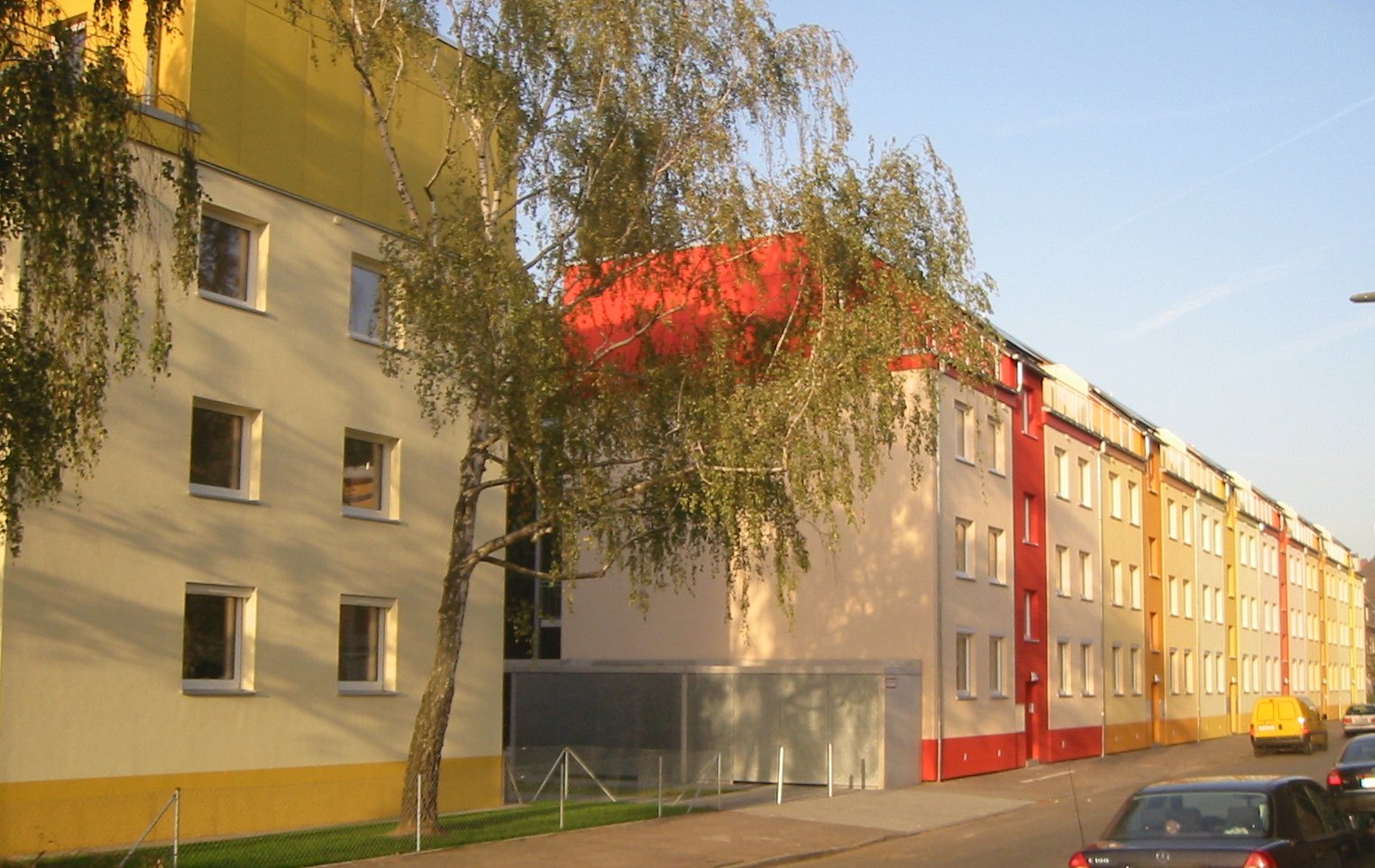 |
Modernisation to the Passive House standard Frankfurt a. M. |
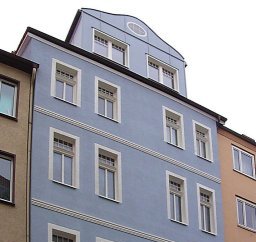 |
Modernisation to the Passive House standard Hannover |
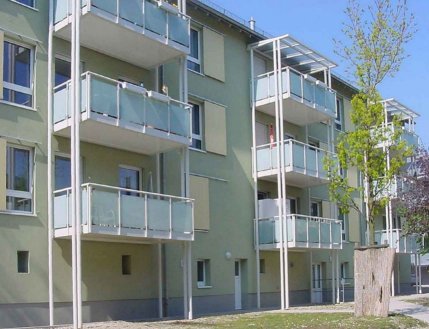 |
Existing building - 3-litre house Ludwigshafen |
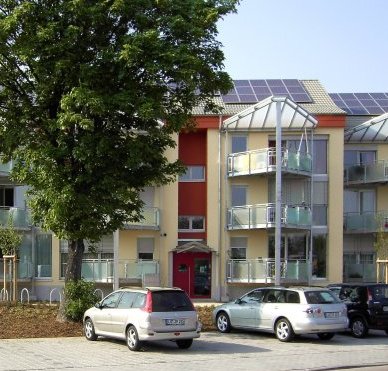 |
Modernisation to the Passive House standard Ludwigshafen |
 |
Faktor-10 Refurbishment Jean-Paul-Platz Nuremberg |
 |
Interior insulation plus Passive House components Ludwigshafen |
| Next Courses |
PHPP Expert
Passive House Designer / Consultant
Construction Verifier
Site Supervisor
![]() read more
read more
e-learning
| Events |
iPHA Webinar "Project Spotlight: The CLT 8-floor ANMF hotel in Melbourne, Australia with heritage overlay." | November 12, 2025
![]() read more
read more
![]() Passive House Open Days |
Passive House Open Days |
7 - 9 November 2025
![]() read more
read more
![]() 24 - 25 April 2026, Essen, Germany
24 - 25 April 2026, Essen, Germany
![]() read more
read more
| Component Database |
 Passive House
Passive House
Component Database
read more
| Projects |
| New developments |
![]() designPH
designPH
read more
![]() NEW: PHPP 10 (2021)
NEW: PHPP 10 (2021)
read more
 Seals for Certified Passive House Components
Seals for Certified Passive House Components
read more
 Passive House Classes,
Passive House Classes,
Classic, Plus, Premium
read more
 EnerPHit -
EnerPHit -
PHI certification for retrofits
read more
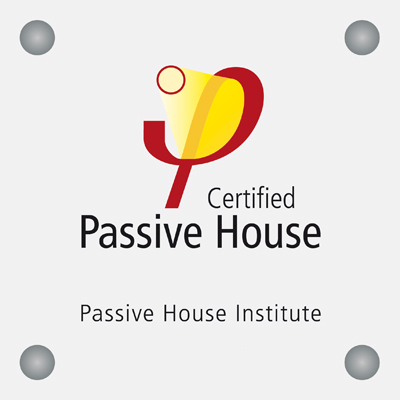 Wall plaque
Wall plaque
for certified Passive Houses
read more
| Press releases |
| Research & Literature |
![]() Passive Houses for different climate zones
Passive Houses for different climate zones
more
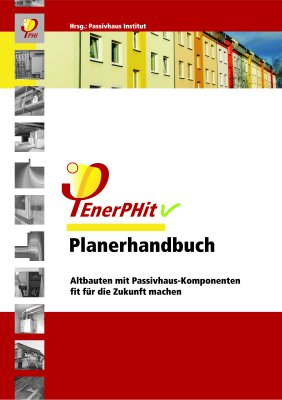 Retrofits with Passive House components -
Retrofits with Passive House components -
EnerPHit Planner Handbook
(in German)
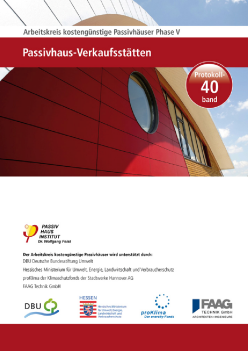 Passive House Retail Stores now out
Passive House Retail Stores now out
Overview of contents
(in German)


